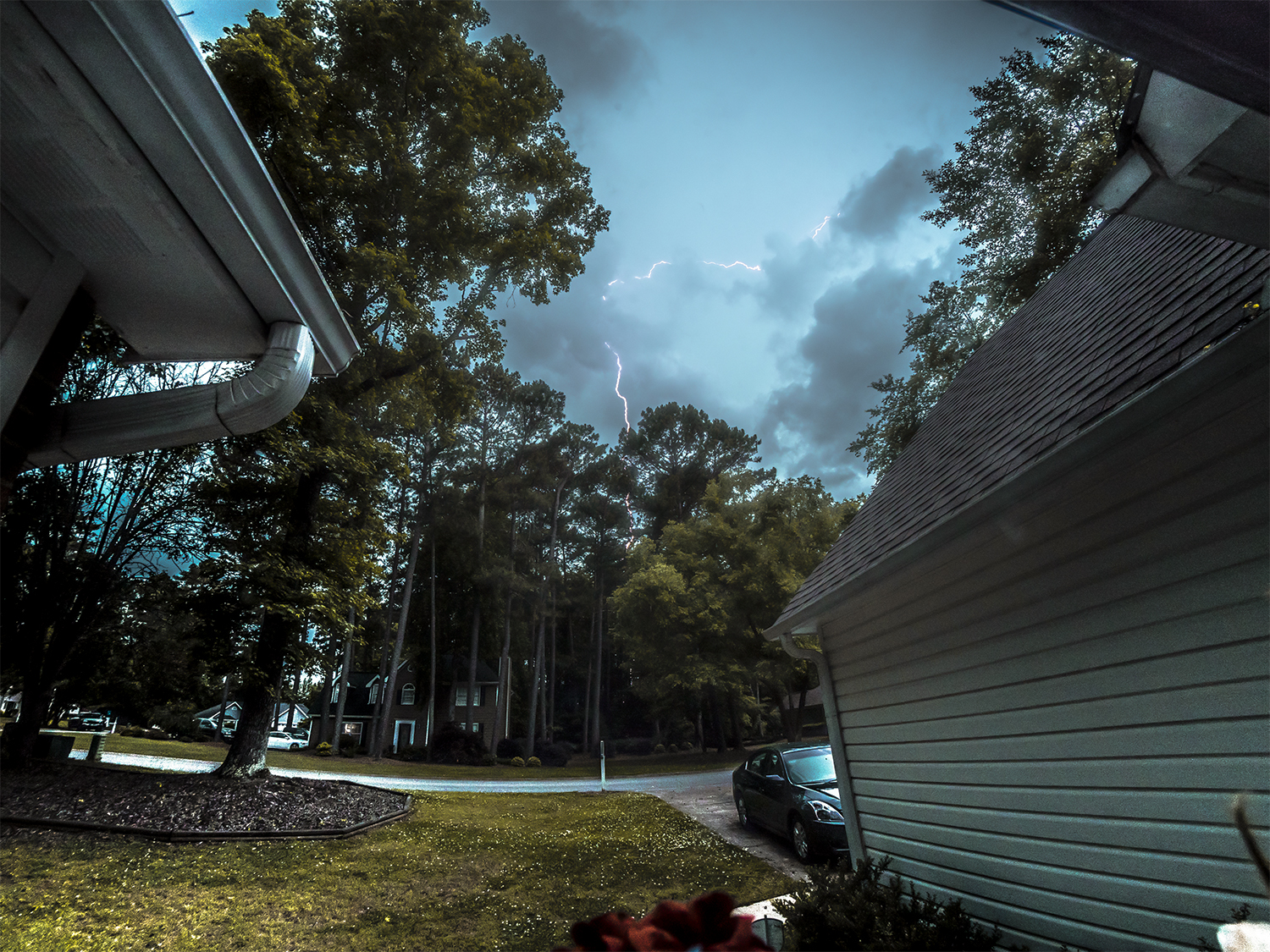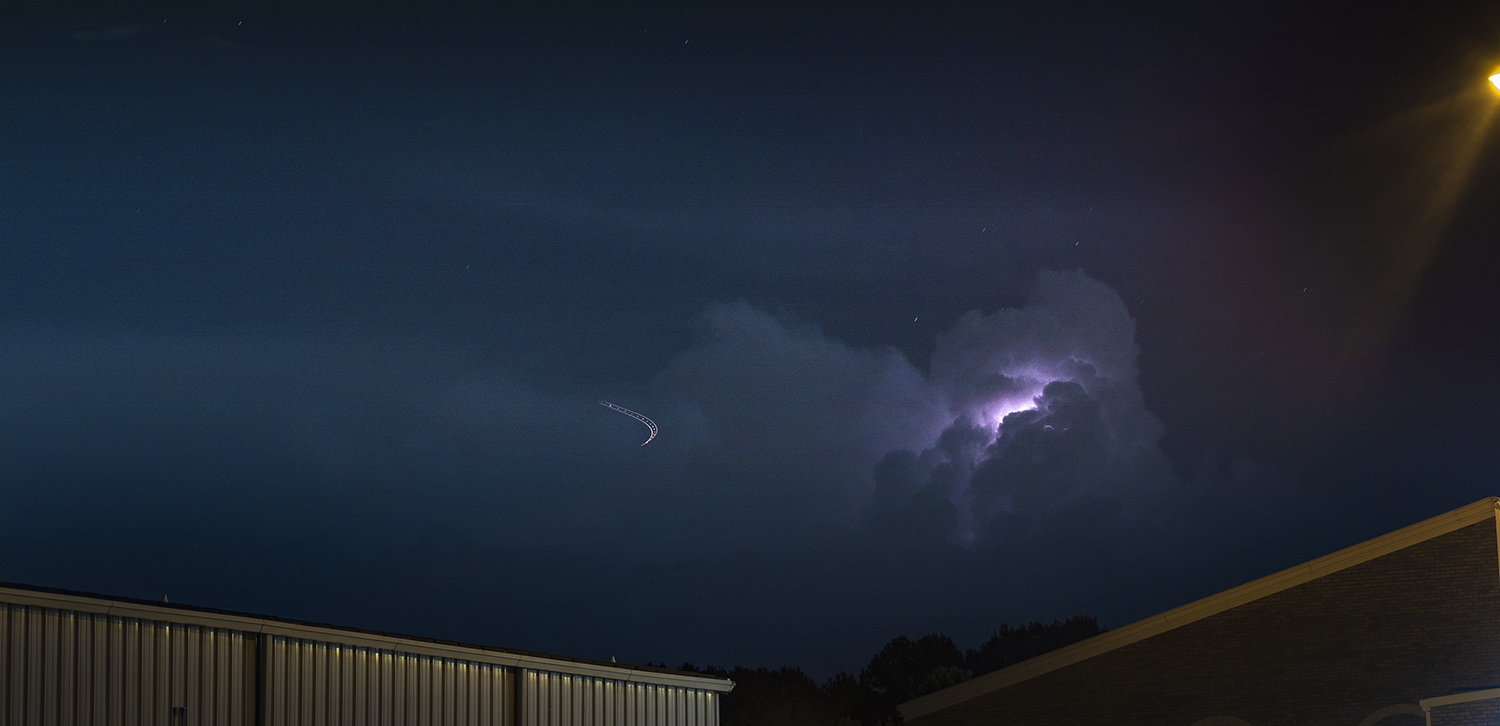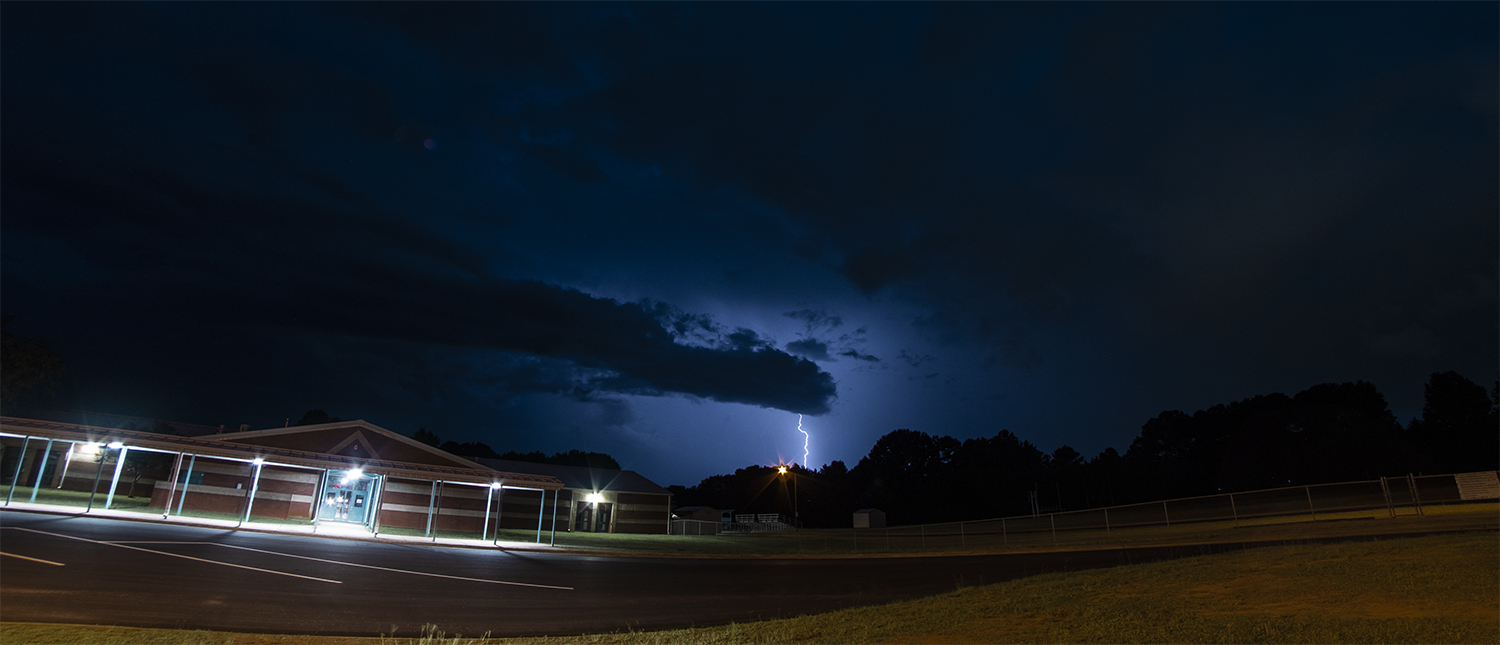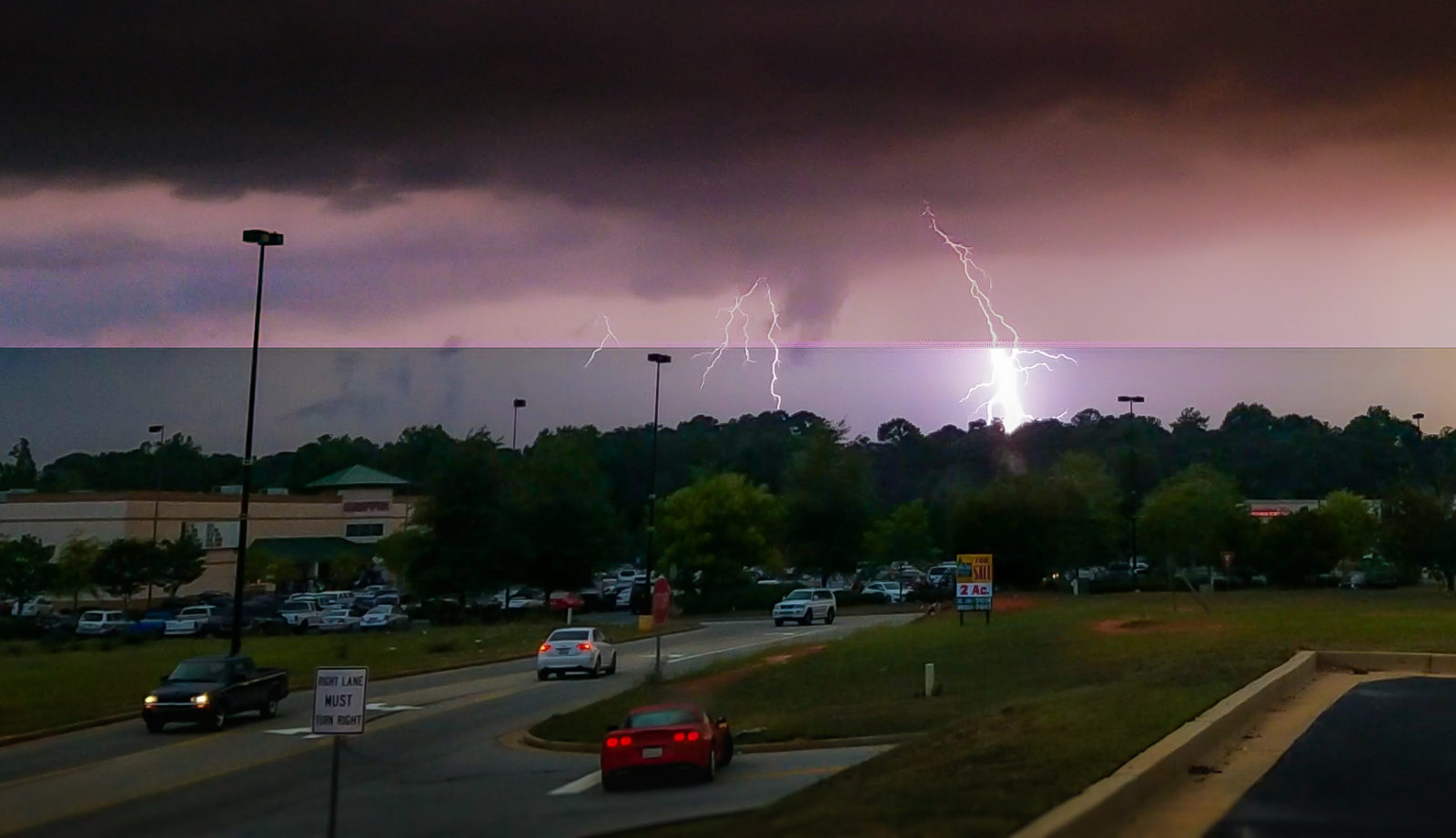Lightning kills. Lightning itself is 5x hotter than the surface of the sun coming in at a toasty 28,000 C° (50,000 F°). Also, there’s the electrical energy of around a BILLION volts. That’s 1,000,000,000 volts. Volts aren’t the main concern, albeit they are, a bit. The main concern is the current. Bolts of lightning can rock about 30,000 amps. 1/10 of 1 amp will stop your heart. For some lightning info, you can read about it, here, here and here.
Why the science lesson? No one cares about that stuff, right? Seeing as how the average person, in their lifetime, in the United States, has a 1 in 3000 chance to get hit by lightning, it’s kind of important. You would likely get struck by lightning several times over before you win the big Lotto. So, what?
Let’s go take pictures of this deadly dangerous phenomenon! Seriously, that Danger Zone song applies here. If you can hear it, it can hit you. I do not take the risks lightly and I am very selective on what storms to shoot and how to shoot them.
Do not cheat
My first attempts were by “cheating” and using video as a means to never miss a shot. Problems quickly presented themselves. The rolling shutter that some cameras have, make lightning, uh, problematic. So what you end up with is half the bolt in one frame, half in the next. Along with artifacts like the sensor being overloaded a bit. Stitching them together is hit or miss. Here’s an example of something that cannot be salvaged. Top half? Awesome. Bottom half? A bit over but still, stunning! Together? Meh. At least you can tell what it is but this is not ideal.
You Need Cat-Like Reflexes
You also need luck. Probably more luck than reflexes. I say that because you can’t possibly know exactly when and exactly where lightning will occur. You have a general direction you look in and that’s all the information you have. Also, remember that most strikes are multiples. If you miss the initial ‘flash’ you can still catch the second or third pulse and end up with something good.
A while back it did pay off. I got this shot right from my front door. The storm was dangerously close so, going outside was a no-no. That bolt was about a kilometer(ish) away. I always, always count seconds between seeing and hearing. Just a habit.
Then this one. Extended exposure shows a plane turning. To avoid? Or to land since Atlanta’s Hartsfield-Jackson is nearby? Not sure!

This was just last night. I had the wide lens on to hopefully get the full sky action but, I’ll take it. 3 second exposure to bring out some of the landscape. Extended exposures make night shots easier and the potential is there to get multiple strikes in one exposure.

Conclusion?
So, now I wait to capture the ultimate shot of bolts cascading all across the sky and clouds. Patience and persistence are key. Also, do not choose oncoming storms as they will present far more danger. Do not attempt storms that have passed as the danger is still there and the humidity can cause lens fogging and it’s just not terribly ideal. There ARE exceptions to these but the best route to go is to find a storm that is going to pass off to the side. You won’t get rained on and you’re far less likely to get hit by a stray bolt.
Anything is possible though so plan accordingly, be smart and be safe.
